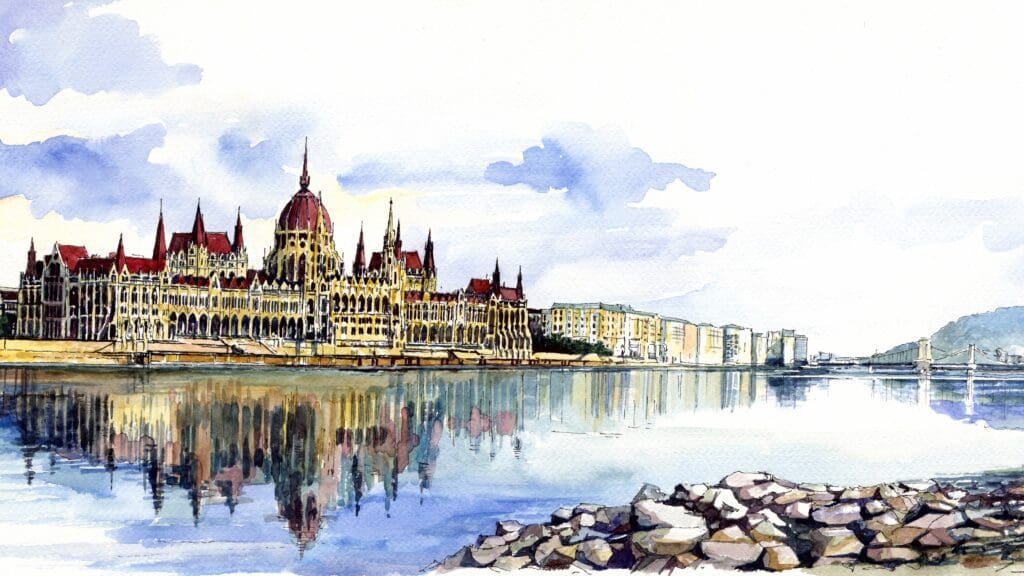Stock trading and the world’s first stock exchange goes back to 1602 in Amsterdam, Netherlands. By that comparison, the history of the Budapest Stock Exchange does not go back impressively long. It opened on 18 January 1864 as a security exchange, under the presidency of Frigyes Kochmeister. Four years later, it merged with the local grain commodity trade, the Grain Hall, and thus continued its operations as The Budapest Stock and Commodity Exchange.
The stock exchange was in operation until 1948, when the communist regime first nationalized, then dismantled the organization—evidently, there is not much room for stock trading in a socialist planned economy. The last market day closed on 25 May 1948.
After the regime change, the provisional government gave the green light to the restart of the Budapest Stock Exchange in October 1989. The National Assembly also voted in favour of the resolution in January 1990.
Thus, after 42 years, trading started again on the Budapest Stock Exchange on 21 June 1990,
exactly 34 years ago today.
The only stock listed at the time was the IBUSZ travel agency, a major company still in business today. As the post-socialist privatization process progressed, more and more companies got listed on the exchange. In the meantime, electronic trading was also introduced to Hungary for the first time in 1995, which eventually completely replaced physical trading by 1999.
Today, you can trade the securities of 157 companies there. The exchange’s market cap is $42 billion (15 trillion HUF). Meanwhile, about $36 million (12.9 billion HUF) is traded there every day.
The largest companies listed on Budapest Stock Exchange include OTP Bank, MHB Bank, the oil giant MOL, and the pharmaceutical company Richter Gedeon. Richárd Végh, the current CEO of the exchange, has been serving in his role since January 2016.
Since its restart in June 1990, the BUX index, the index tracking the combined performance of 16 of the best-performing stocks listed on the exchange, grew by over 69,000 per cent. This year, the BUX is up by 16.33 per cent year-to-date, and stands at an all-time high of 70,327.34 points. It closed last year, 2023, with an impressive, 38.4-per-cent growth, the highest since 2015.
The building of the exchange is located on Krisztina Boulevard on the Buda side of Budapest. The building of the exchange is located on Krisztina Boulevard on the Buda side of Budapest. The Stock Palace, originally built for the Budapest Stock Exchange in 1907 and designed by famed Hungarian architect Ignác Alpár, also still stands today, on Liberty Square.
Related articles:








